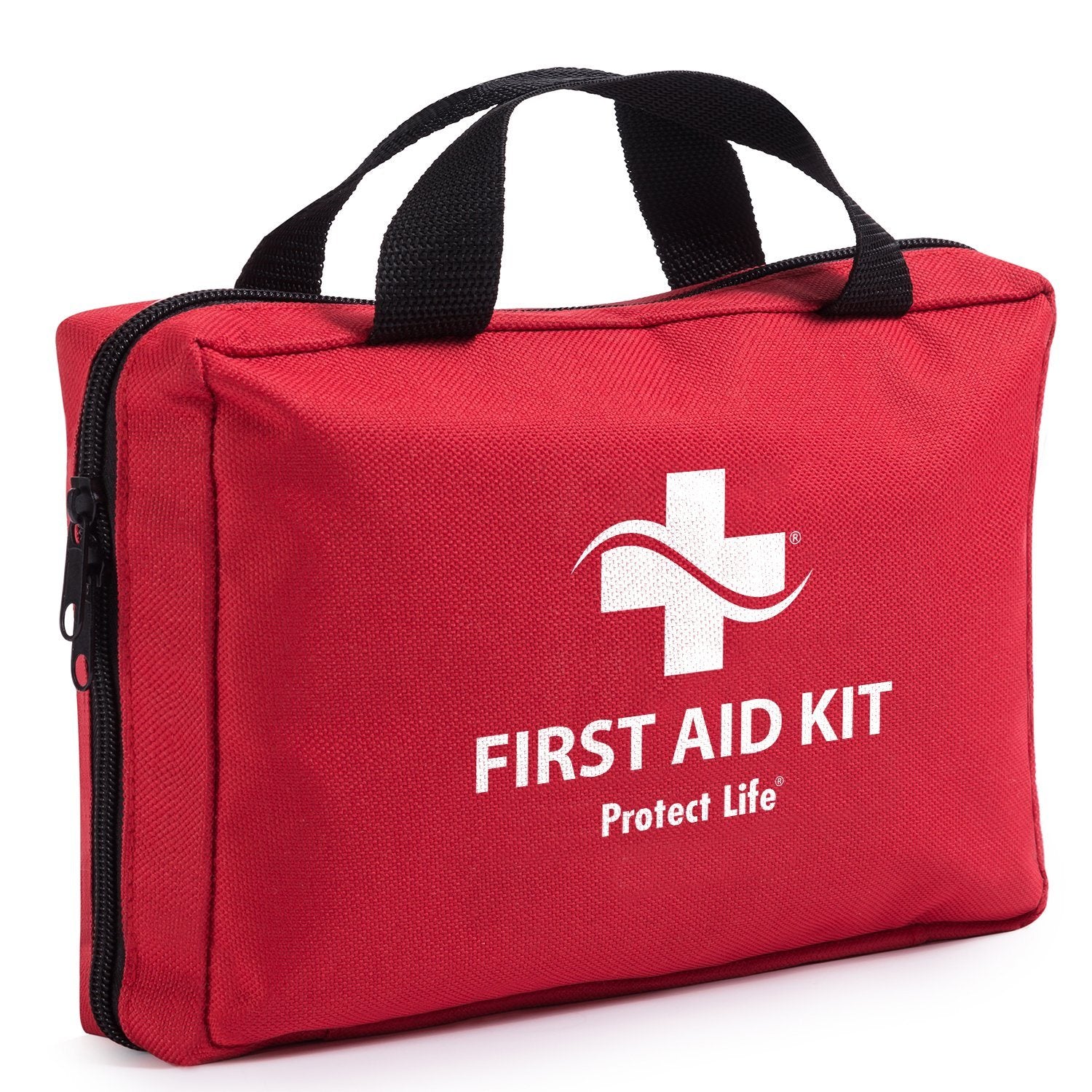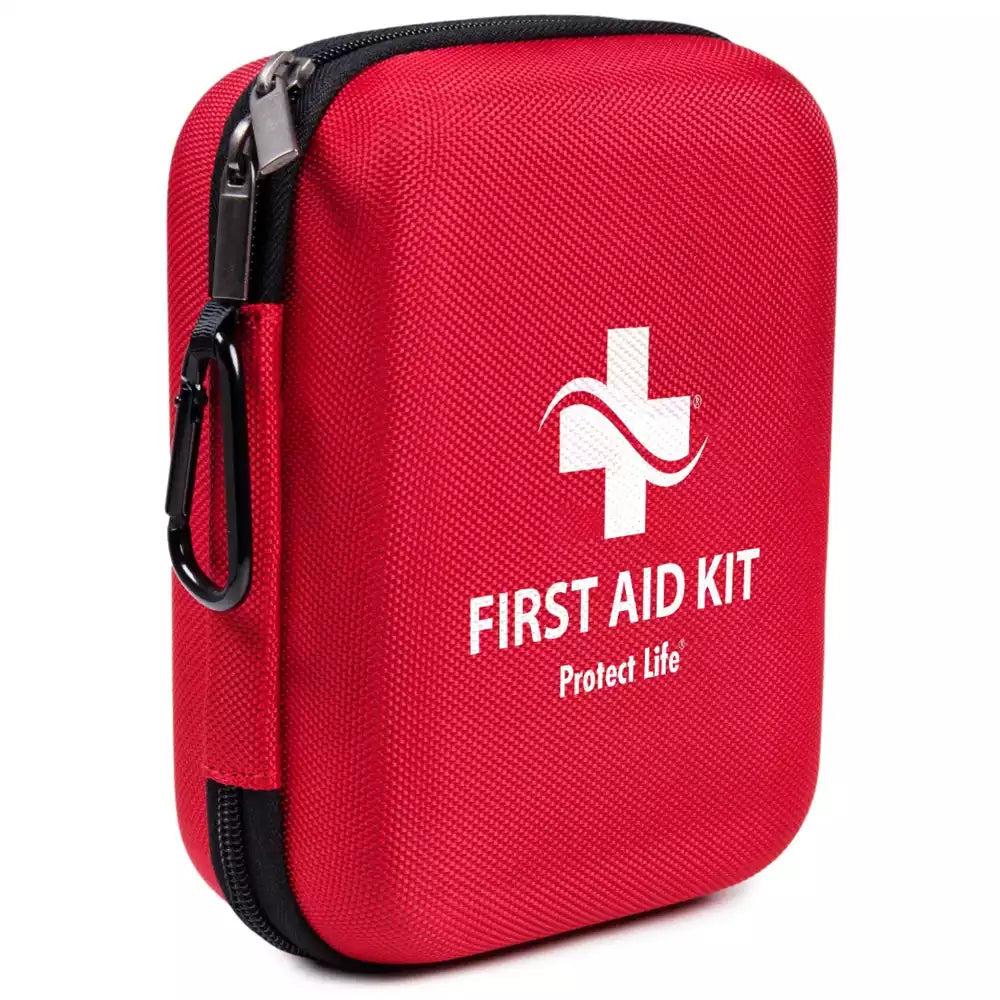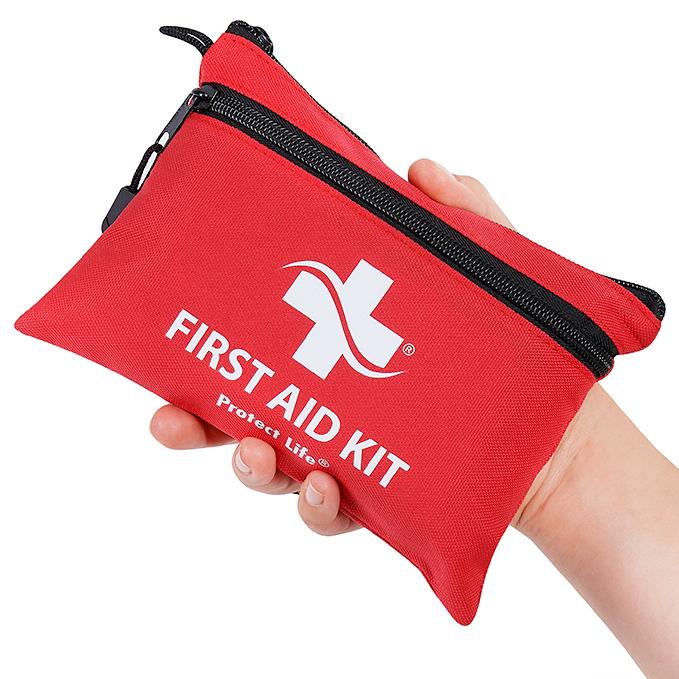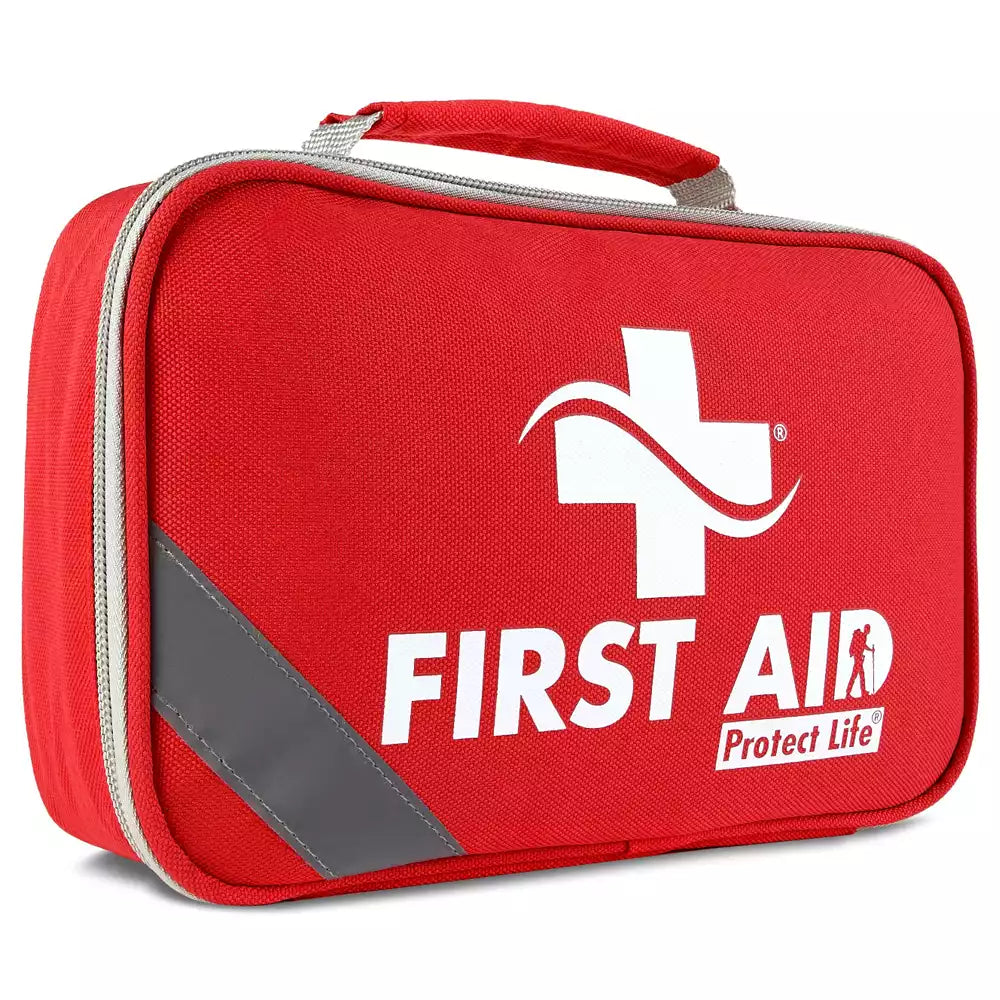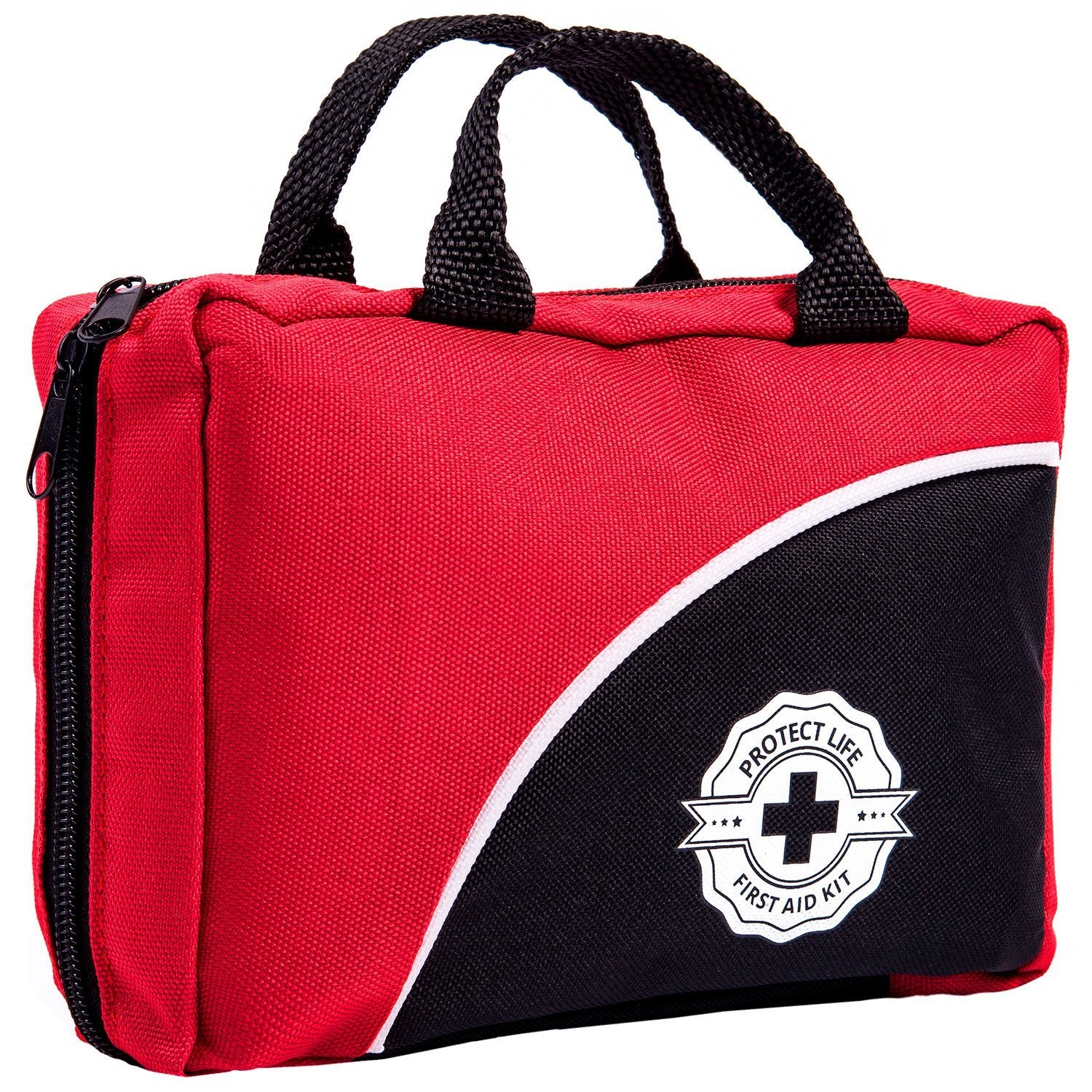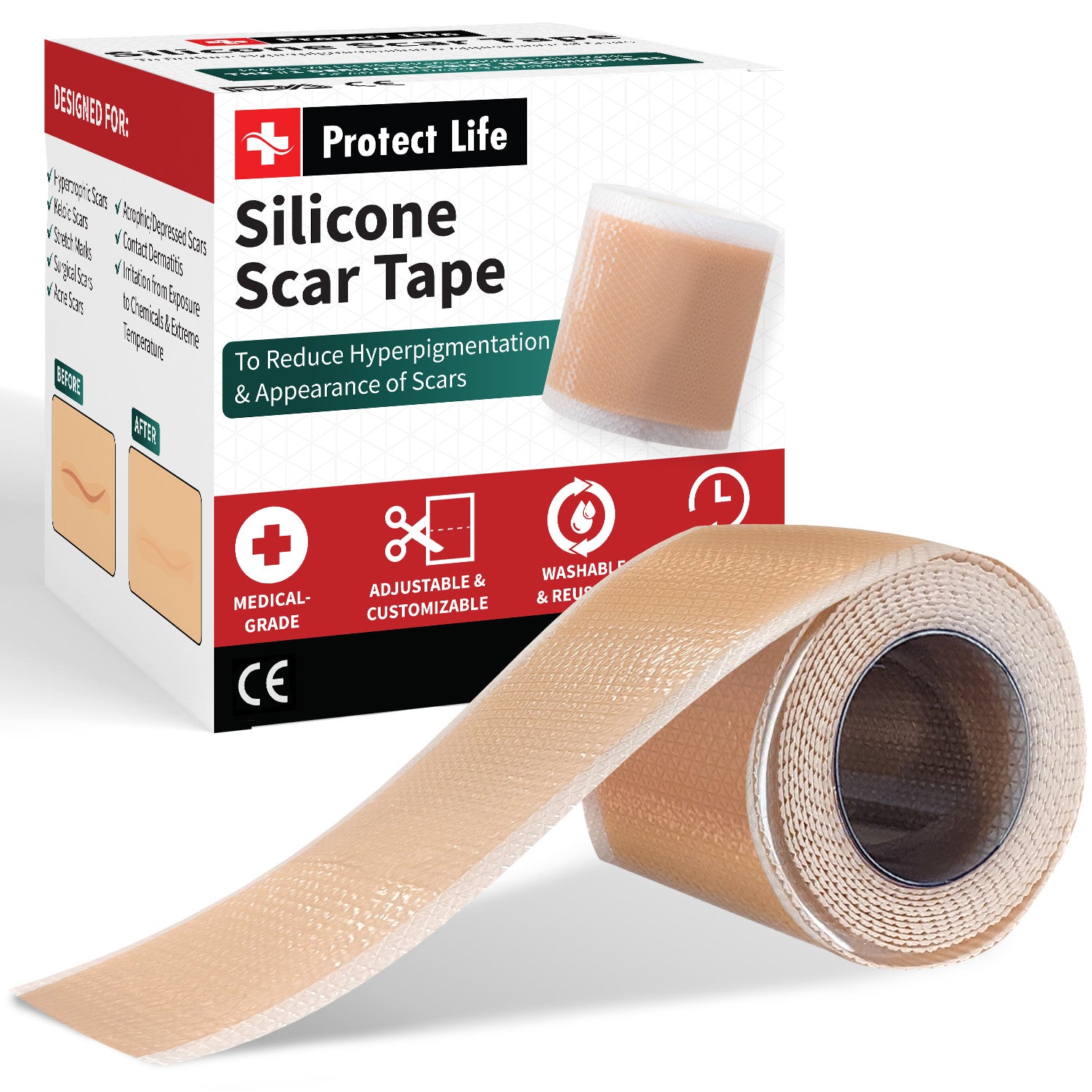The N95 masks in stock are a form of personal protective equipment (PPE) that reduces your exposure to small particle aerosols and large droplets. Wearing them is particularly recommended for protection against any type of respiratory virus that is spread through the air.

Wildfires disrupt the lives of millions of people. Within the last 10 years alone, an average of 64,100 wildfires were recorded each year in the United States, according to a report published by the Congressional Research Service for the US Congress.
To this day, wildfires continue to rage across several counties on the West Coast. Ongoing wildfires in Northern California became a “gigafire” as of October 2020, having damaged an unprecedented 1.03m acres as per data from fire agency Cal Fire. Moreover, five of the six largest fires recorded in California took place within the year. And thanks to climate change, rising temperatures are expected to ignite even more wildfires in the future.
Apart from the immediate danger they pose, wildfires bring with them a threat to your health and wellbeing. Learn how you can protect yourself and your family from the adverse effects of wildfires below.
The Dangers of Wildfire Smoke
Aside from burning through land, wildfires pose another serious threat—air pollution.
Wildfire smoke travels long distances. It can span across multiple states and drift over large bodies of water. The smoke also carries harmful particles thousands of miles away from its source.
Made of a hazardous mixture of solid and liquid, these particles—referred to as “particulate matter”—cause coughing, difficulty breathing, asthma and nasal allergies, as well as a gamut of other respiratory symptoms. In severe cases, particulate matter can also cause heart problems and respiratory damage.
Can an N95 Masks in stock Protect Me from Wildfire Smoke?
Cloth masks do not offer protection against wildfire smoke. The particulates in wildfire smoke are just about 2.5 microns, which means they can easily pass through common fabrics. Cloth masks also leave gaps between skin and the fabric, allowing unfiltered air and harmful particulates through.
N95 masks in stock, on the other hand, are specifically designed to filter out particles as small as 0.3 microns, according to the National Institutes of Health (NIH). This means N95 masks can effectively keep you from inhaling 2.5-micron particles found in wildfire smoke. Even health experts believe that the N95 mask offers the best protection from both COVID19 and wildfire smoke.
However, N95 masks only filter out fine particles and microbes, not hazardous gases and chemicals in smoke. For your utmost safety, it’s still best to avoid locations affected by wildfire smoke.
What to Look for in N95 Masks
Before purchasing an N95 mask, make sure that it’s certified by the National Institute of Occupational Safety and Health (NIOSH).
All certified N95 masks are marked with “NIOSH” and “N95.” If you can’t find N95 masks, K95, P100, or N100 masks can offer protection too, but may be more difficult to breathe in.
You should also check if the N95 mask has two straps that can be tied around the head. This is because masks with only one strap will not provide a tight enough seal. The same goes for masks with straps that only go around the ears.
N95 masks in stock also come in various sizes from small to large. Don’t settle on masks claiming to be one-size-fits-all for your family. Get each member of your family masks in the sizes that fit them each. The mask should fit well over the nose and under the chin. Children who are old enough to wear masks can wear cloth masks for kids.
Some N95 masks come with relief valves that make breathing easier. These masks also provide protection from wildfire smoke.
You can buy NIOSH-certified N95 masks for adults and triple-layer cloth masks for kids here.
Proper Use of N95 Masks
N95 masks will not provide the protection you need if you don’t wear them properly. Here are some guidelines on their proper use and disposal.
- The mask should fit over your nose and under your chin. Adjust the nose strip to ensure proper fit.
- Tie the bottom strap below the ears and the top strap above the ears. Both straps must be secure around the head. Take note that masks with a single strap that only ties above the ears will not provide secure fit or adequate protection.
- There should be no gaps between the mask and your skin where air can pass through. Take note that facial hair can create gaps, so be sure to shave if necessary.
- Children under the age of 2 should never wear face masks, according to the CDC. Children ages 2 and up should be given masks designed specifically for kids.
- Dispose of used masks properly by placing them in a sealed plastic bag and throwing them into the appropriate waste bin.
- N95 masks are not meant to be reused. Even washable ones become less effective with every use.
- If you have lung or heart conditions, ask your doctor before using a respirator. If you’re wearing one and find yourself struggling to breathe, secure yourself at a location with safe, clean air and remove your mask immediately.
Other Ways to Stay Safe
While N95 masks in stock provide you enough protection from wildfire smoke, it is not advisable to wear them all the time. You should take other precautions to reduce your exposure to polluted air.
It’s best to limit your time outdoors and stay inside your home. Avoid exercising or strenuous physical activity where you’re exposed to wildfire smoke. Keep windows and doors closed at all times. Seal off gaps around your windows and other areas where air can pass through.
You can also opt for an air purifier with a HEPA filter. Be sure to change filters when necessary or as often as needed. Take note that ionic air filters are known to produce harmful by-products, so use them with care. If you have an HVAC system, you can also install a MERV-13 filter for use when there’s heavy pollution.
If it’s difficult to maintain good air quality in your own home, consider spending the day in other buildings with HVAC systems. Indoor shopping malls, libraries, community centers, and government buildings are likely to have better air quality. In areas near wildfires, the government may provide safer temporary lodgings for those who cannot stay at home.
You should also monitor the air quality index (AQI) in your area through local news and weather reports. According to the EPA, an AQI higher than 100 can trigger asthma attacks and migraines even within a few minutes of exposure. It’s best to avoid the outdoors in these instances. In case you do need to venture outside in such occasions, wear an N95 respirator to avoid inhaling particulates.



